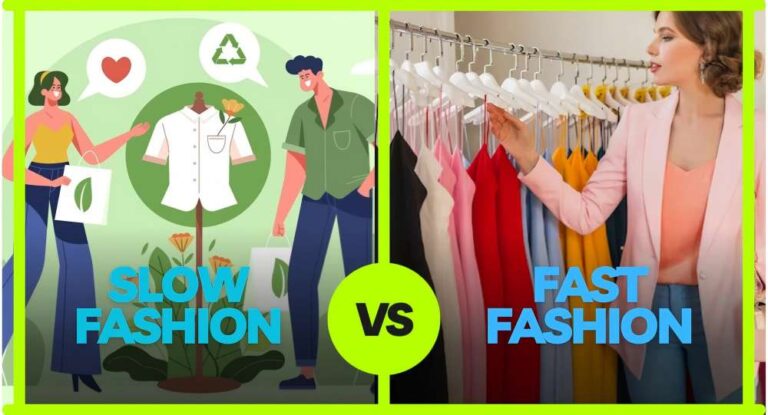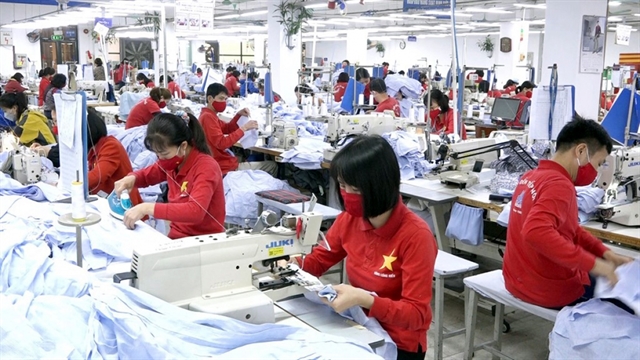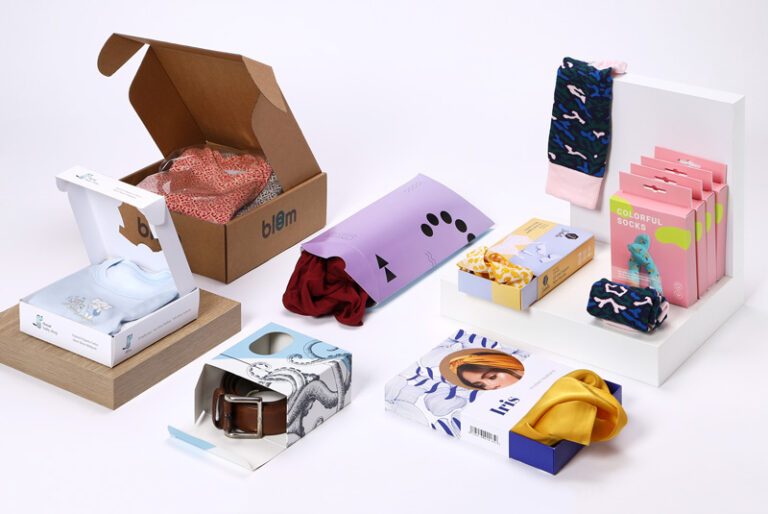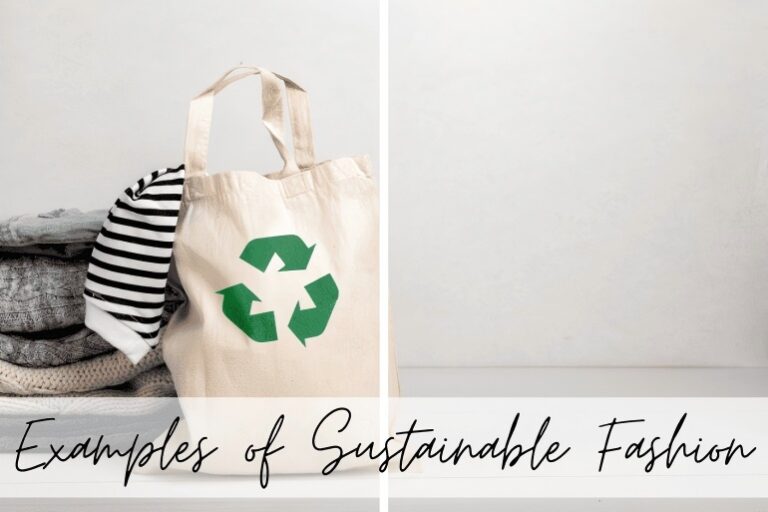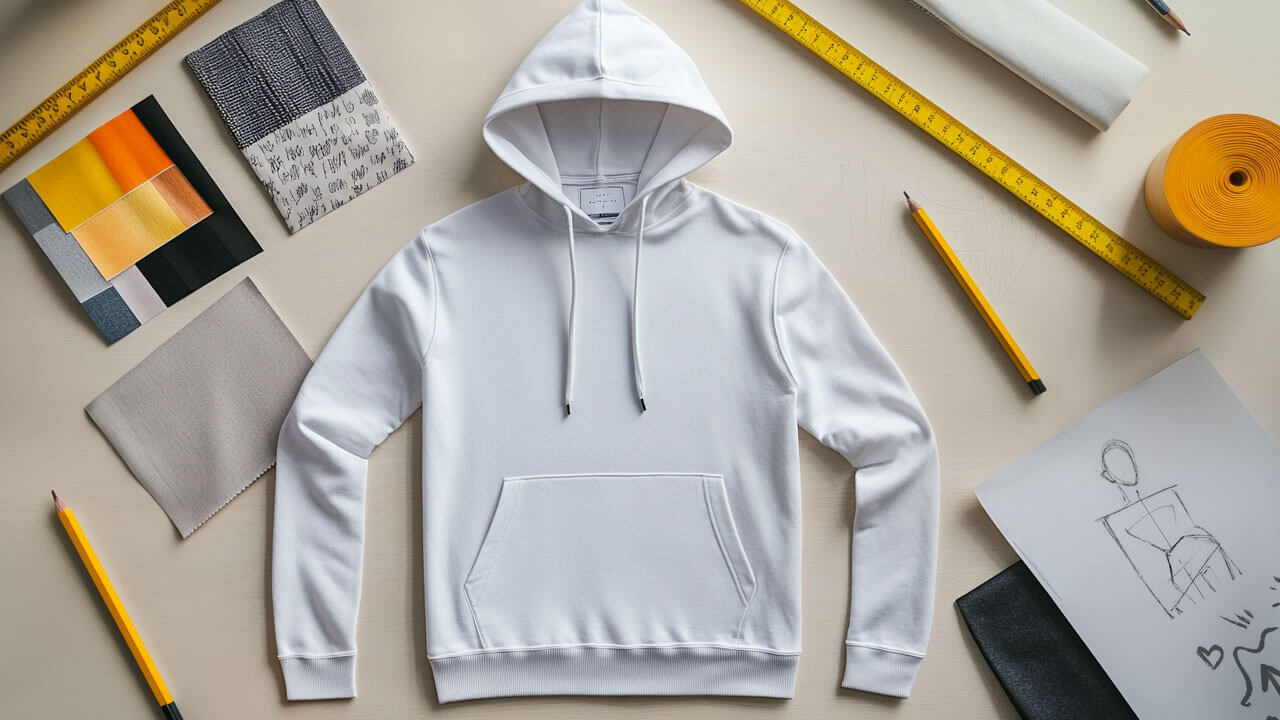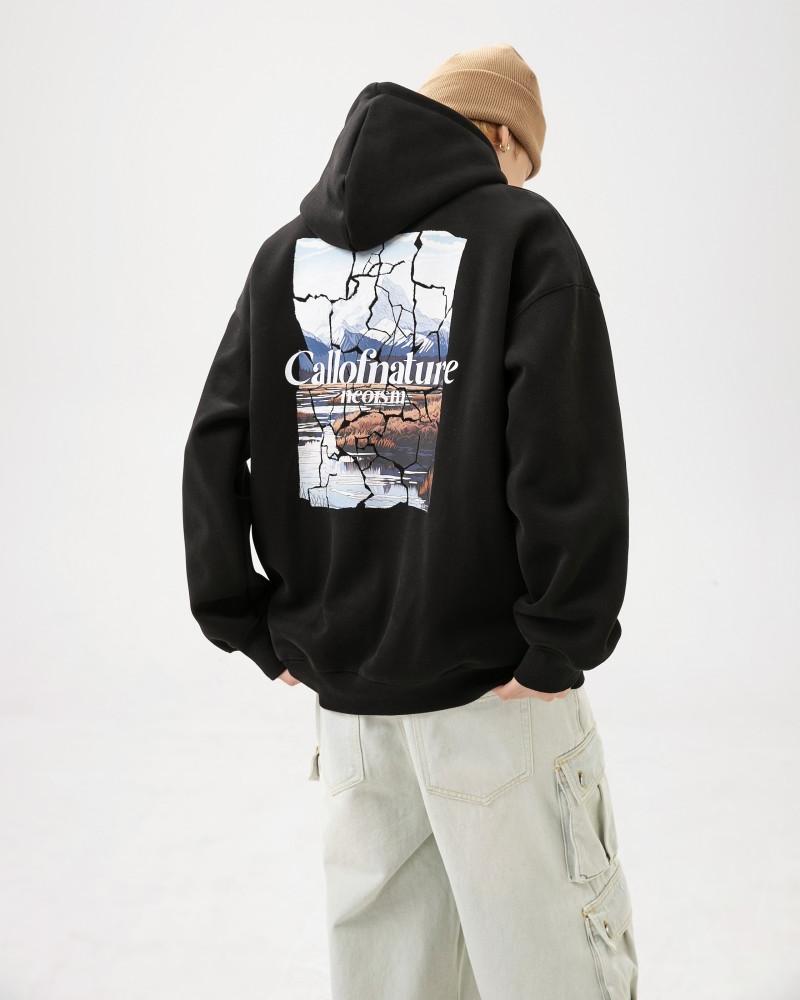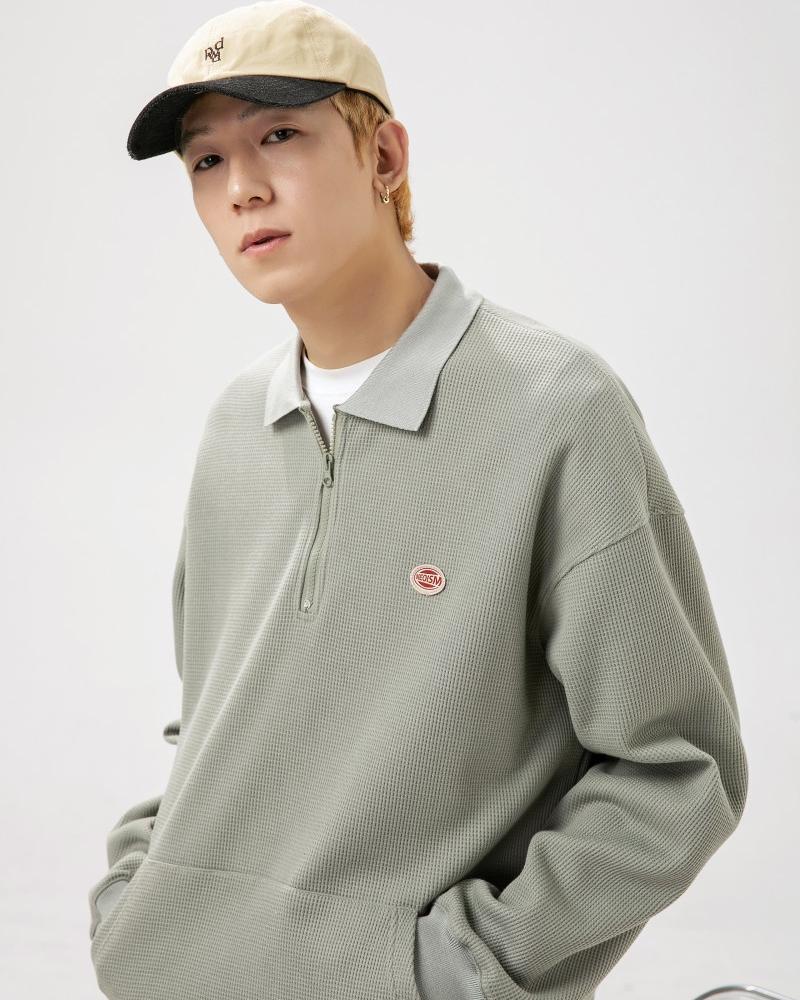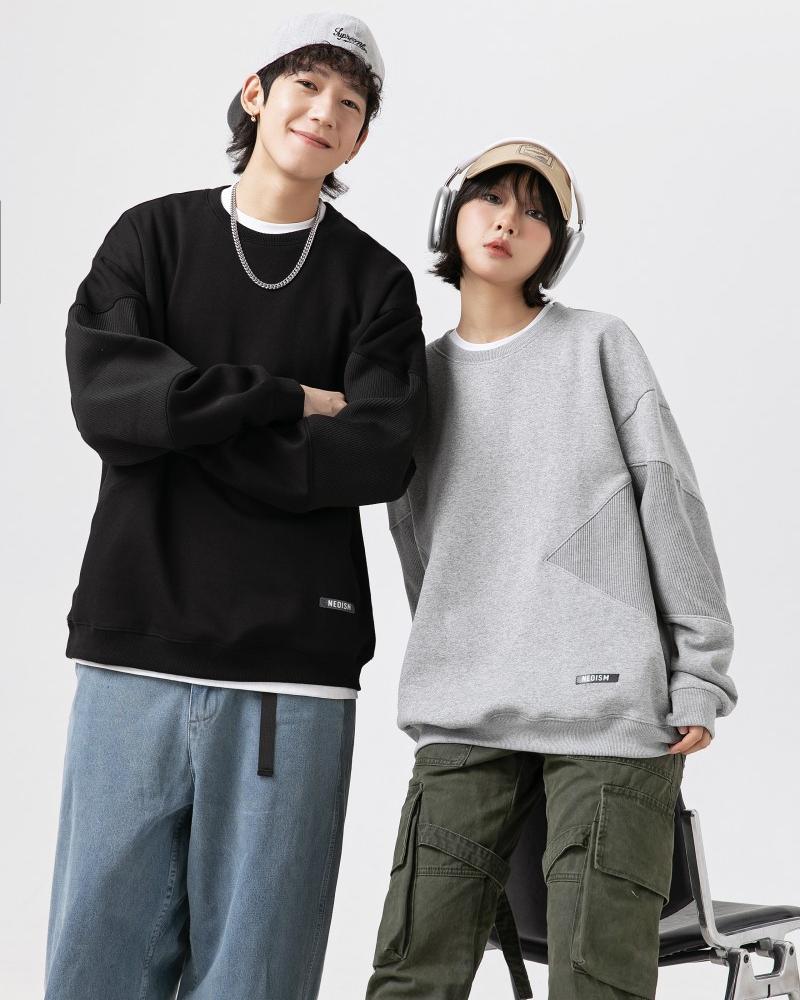-
No. 28, Zhanqian 1st Street, Liuhua Subdistrict, Yuexiu District, Guangzhou City
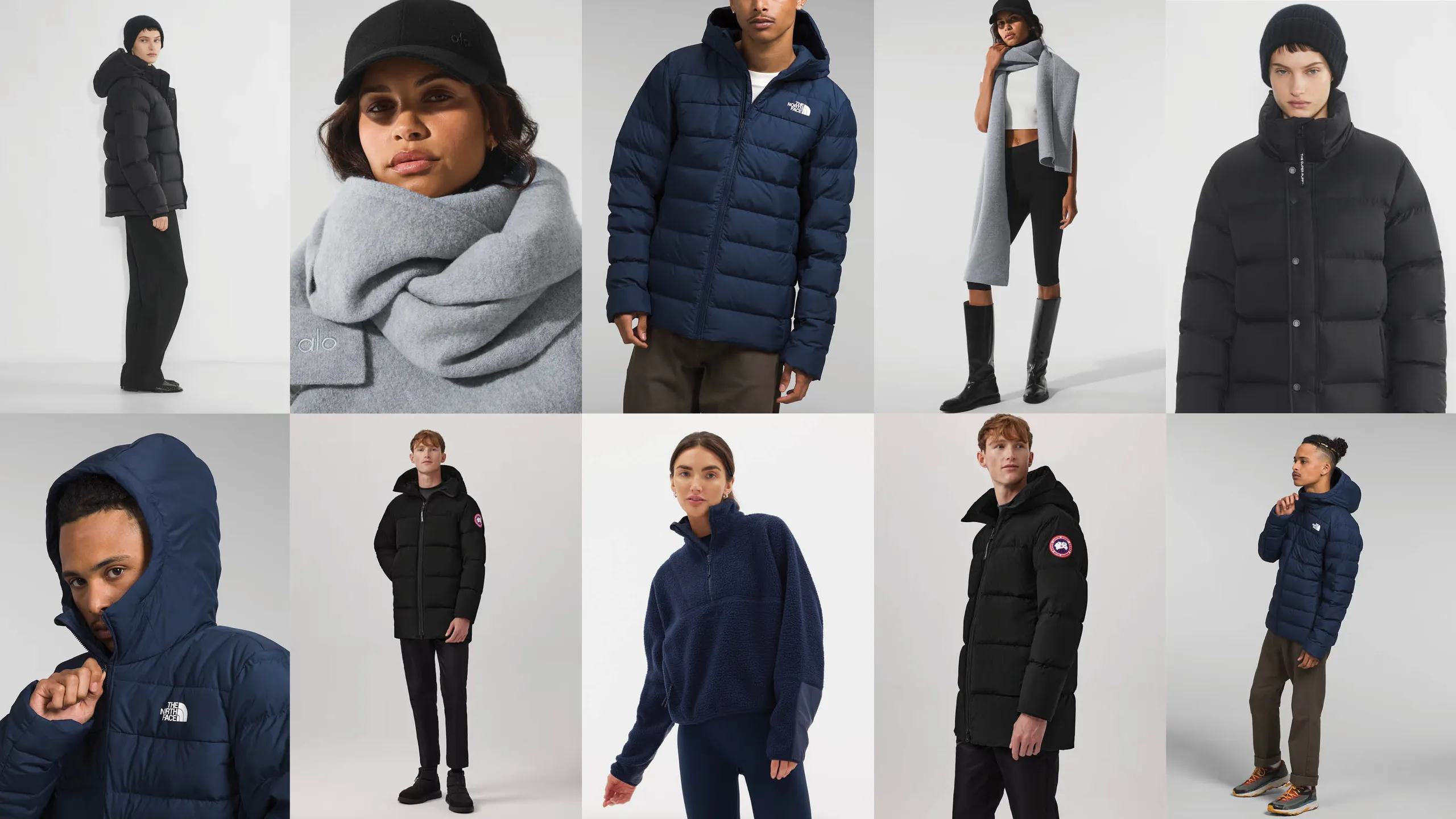
The Complete Guide to Outerwear: 10 Core Elements to Create the Perfect Outerwear
Table of Contents
Abstract
Outerwear is not only a necessity to protect against the cold, but also a perfect combination of fashion and function. This article will explore the 10 core elements of outerwear production in depth, covering historical evolution, design concepts, fabric science, structural engineering, functional details, color trends, sustainable production, quality control, cost structure and future technology, to help you fully understand how to create a high-quality outerwear. Whether you are a designer, manufacturer or consumer, this article will provide professional insights to help you make wise decisions on outerwear selection and production.
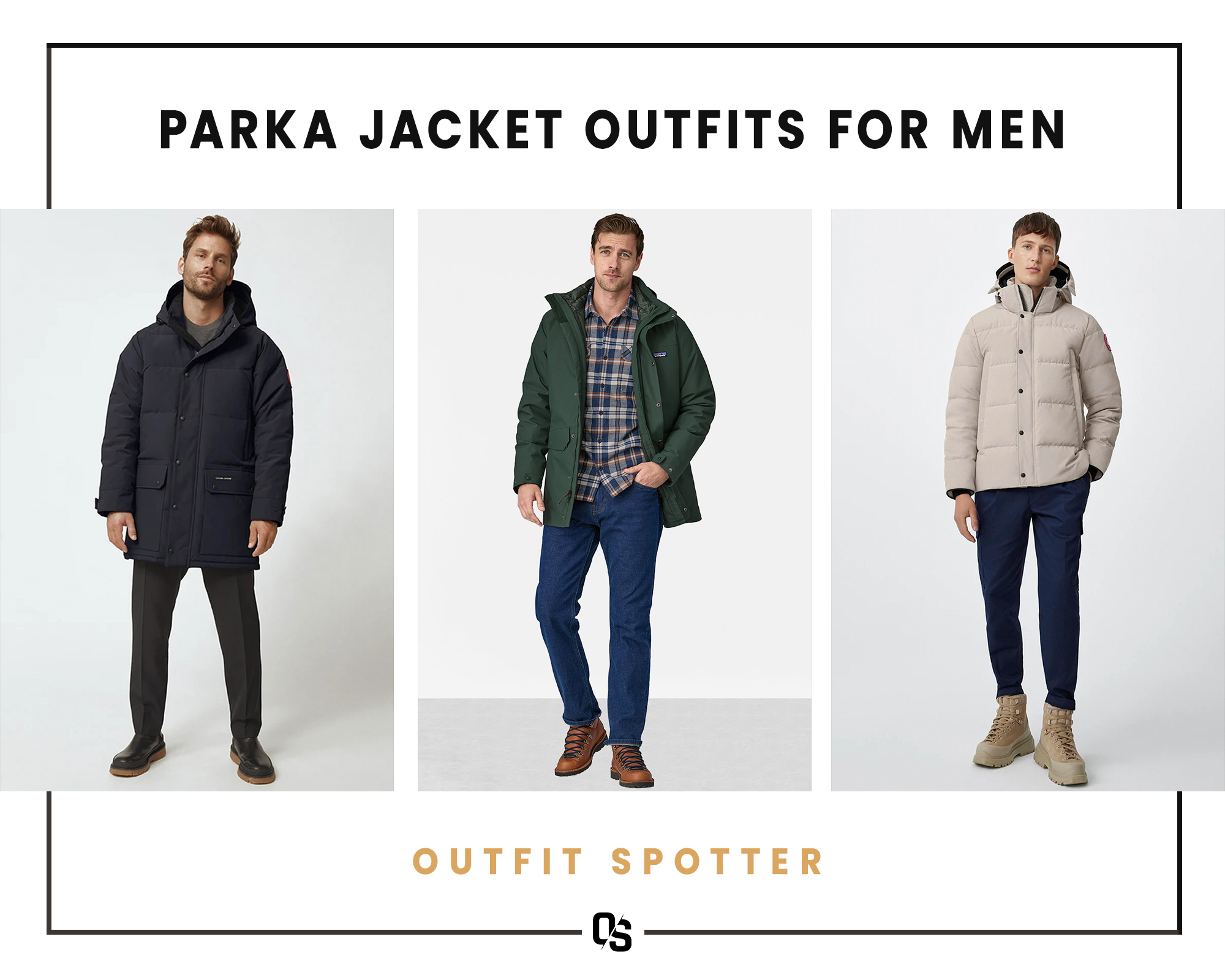
Introduction
As an important item in the history of human clothing, outerwear combines warmth, functionality and fashion. According to statistics, the global outerwear market size has reached US$125 billion in 2023 and is expected to grow to US$156 billion in 2027 (Statista, 2023). However, the production of a high-quality outerwear involves dozens of complex processes, from fabric selection to tailoring technology, every detail is crucial.
Well-known designer Donovan Mathews once said: “Coats are one of the most challenging categories in clothing production. They need to find a perfect balance between warmth, comfort and fashion.” This article will systematically analyze the 10 key elements of coat production and take you to a deeper understanding of this exquisite craft.
1. Historical evolution: a thousand years of evolution from practicality to fashion
Argument: The design evolution of coats reflects the technological progress and aesthetic changes of human society. Argument:
- 3000 BC: The earliest coats appeared in Mesopotamian civilization, made of animal fur, mainly used to keep warm.
- Middle Ages: Coats became a symbol of social status, and nobles used expensive fabrics such as velvet and silk.
- 19th Century Industrial Revolution: Mechanized production brought coats to the mass market, and classic styles such as windbreakers and coats were born.
- Modern: Outerwear is more refined, such as down jackets (accounting for 28% of the global market), wool coats (32%), etc. (Global Fashion Group, 2023).
Product Features: Modern outerwear pays more attention to functional layered design, such as Canada Goose’s “three-layer composite fabric system” (waterproof outer layer + thermal insulation middle layer + moisture-absorbing lining).
2. Design concept: balance between function and aesthetics
Argument: Successful outerwear design requires clear target positioning, taking into account both practicality and fashion. Argument:
- Market research shows that the three factors that consumers pay most attention to are: warmth (76%), style design (68%), and price (59%) (McKinsey, 2023).
- BURBERRY trench coat’s classic design is derived from military coats, and its epaulettes, D-rings and other details are all derived from practical needs.
- Canada Goose’s “Expedition Parka” features a detachable hood + multi-pocket design, which takes into account both polar exploration and urban wear.
Product Features: Modern outerwear design trends include modularity (detachable liner), adaptability (adjustable cuffs) and intelligent temperature control (heating element).
3. Fabric Science: The Core Factor Determining Quality
Argument: Fabric directly affects the warmth, breathability and durability of the outerwear. Argument:
- Merino wool: 15% lighter than ordinary wool and 22% more efficient in keeping warm (Woolmark Company).
- GORE-TEX: 9 billion micropores per square inch, leading the industry in waterproof and breathable performance.
- Down composite material: The higher the fill power (FP), the warmer it is, and high-end products reach more than 800FP.
Product Features: Nano waterproof coating (such as NeverWet) makes the water drop contact angle reach 150°, achieving super strong water repellency.
4. Structural Engineering: Ergonomic Precision Tailoring
Argument: Reasonable structural design improves wearing comfort and freedom of movement. Argument:
- 3D body scanning technology optimizes the version, such as Uniqlo’s “seamless knitted jacket” reduces 80% of seams.
- Box quilting (Mackage brand) improves warmth efficiency by 28% compared to traditional diamond quilting.
- Shoulder design: Structured shoulder line is formal, and the dropped shoulder style is more casual.
Product Features: Adjustable hem (8-12cm range) + hidden hood frame enhances adaptability.
5. Functional details: Innovative design improves user experience
Argument: Smart functional details are the key to the competition of high-end jackets. Argument:
- Magnetic closure (Fjällräven) can still be used normally at -30℃.
- Invisible storage (The North Face) reduces the volume of the jacket to 1/4.
- Ralph Lauren heated jacket supports APP temperature control and can last for 6-8 hours at -20℃.
Product features: Flexible OLED display (Samsung cooperation model) enables cuff touch interaction.
6. Color trends: a combination of science and psychology
Argument: Color selection must take into account both popular trends and regional culture. Argument:
- The three most popular colors for autumn and winter 2024: classic blue (27%), earth tones (35%), fluorescent orange (12%) (Pantone data).
- Digital dyeing technology (Adidas) saves 95% of water and reduces chemicals by 80%.
Product features: Photochromic fabric (Nike) automatically adjusts brightness according to the intensity of ultraviolet rays.
7. Sustainable production: a win-win for environmental protection and business
Argument: Sustainable processes reduce carbon footprint and enhance brand value. Argument:
- Recycled down (Patagonia) has recycled 15 tons of materials.
- Waterless dyeing saves 95% of water resources.
- Closed-loop production (Arc’teryx) reduces raw material consumption by 17%.
Product features: Bio-based polyester fiber (Stella McCartney) has a carbon footprint of only 3.5kg CO2e.
8. Quality control: Rigorous testing ensures durability
Argument: High-end jackets need to pass multiple professional tests. Argument:
- Waterproof test: Heavy rain level requires 10,000mm static water pressure.
- AI visual inspection (Moncler) identifies 0.1mm defects with an accuracy rate of 99.7%.
Product Features: Quantum dot tracking technology (3M) achieves full life cycle traceability.
9. Cost structure: Strategy from production to pricing
Argument: Brand premium and process complexity determine the final price. Argument:
- Brunello Cucinelli cashmere coat ($3000+) uses top-grade cashmere + all-hand-sewn.
- Southeast Asian production costs are 75% lower than those in Europe.
Product Features: Limited customization (Zegna) provides 150+ options and is delivered in 3 weeks.
10. Future trends: Technology reshapes the outerwear industry
Argument: Smart materials and digital production are the future direction. Argument:
- Self-repairing fabric: Repair 2cm scratches in 24 hours.
- 3D weaving technology (Adidas) reduces material waste by 70%.
Product Features: Google Jacquard technology enables gesture control.
FAQS
1: What are the most popular types of outerwear today?
The top 5 are wool coats (32%), down jackets (28%), trench coats (18%), parkas (15%), and others (7%).
2: What makes merino wool better for coats?
It’s 15% lighter and 22% warmer than regular wool, with natural temperature regulation (Woolmark Company).
3: How does GORE-TEX fabric work?
Its 9 billion micropores per square inch block water but allow vapor to escape, making it waterproof yet breathable.
4: What’s the benefit of box quilting in down jackets?
It prevents down shifting, improving warmth by 28% vs. traditional diamond quilting (Mackage research).
Summary
Outerwear is an art that combines traditional craftsmanship with modern technology. From historical evolution to future trends, each high-quality outerwear embodies fabric science, structural engineering, functional innovation and sustainable concepts. When purchasing, consumers should pay attention to core factors such as warmth retention, tailoring, and environmental certification, while manufacturers need to balance cost, quality and technological innovation.
In the future, smart temperature control, self-repairing fabrics, 3D weaving and other technologies will promote innovation in the outerwear industry, but the pursuit of natural materials and exquisite craftsmanship will always be the eternal theme.

